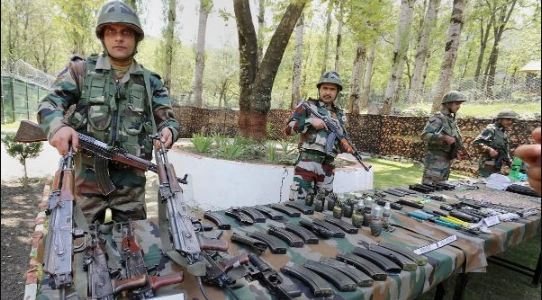India to end all ammunition import from next year: Indian Army
09 May 2024 16:13:48
New Delhi, May 9: To enhance the Aatmanirbhar Bharat initiative, the Indian Army is aiming to stop all imports of ammunition from the next financial year as the domestic defence industry has ramped up its capacity to meet all demands. It will be capable of manufacturing all 175 types of ammunition

This came after Major General V K Sharma, ADG (Procurement), the Indian Army said the army will not import any foreign ammunition from the next financial year. "In the next financial year (2025-26), we will not have any import of ammunition, other than in cases where the quantity is too low and it is not economical for the industry to manufacture them," Sharma said.
India, which, according to the Stockholm International Peace Research Institute (SIPRI), is the largest importer of arms in the world, has found indigenous suppliers for 150 of the total 175 types of ammunition.
The Indian Army annually procures ammunition worth anywhere between Rs 8,000 to Rs 6,000 crore, most of which will now be bought from Indian manufacturers.
The gradual effect of the five positive indigenisation lists, results are now showing, with only 5 to 10 per cent of the ammunition requirement being met from imports. Positive indigenisation lists are lists of items released by the Ministry of Defence that India has the capacity to make domestically and will not be imported.
Apart from the Ordnance Factory Boards, which were corporatised in 2021, various private manufacturers have now come forward with their offerings and constructed ammunition parks in the country.
Notably, two months prior, in February 2024, the Adani Group inaugurated Asia’s largest ammunition complex in Kanpur. This facility is set to produce a wide range of munitions, including artillery shells, rockets, and missiles.
Additionally, the Tata Group has also made significant strides by beginning assembly operations for the Airbus C-295 transport aircraft, positioning itself as India’s first private aircraft manufacturer alongside the state-owned Hindustan Aeronautics Limited.
This is indicative of the broader momentum gaining in India's defense production capabilities, underscoring the country's commitment to enhancing its military autonomy and industrial defense base.